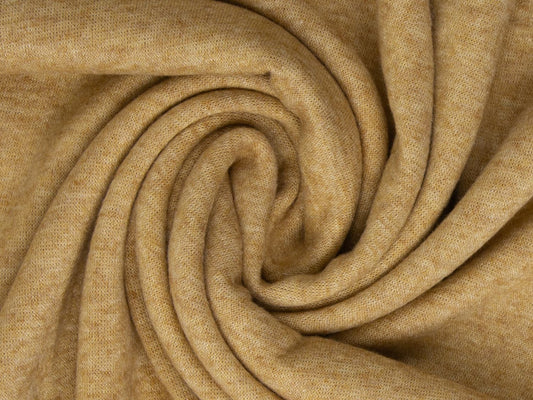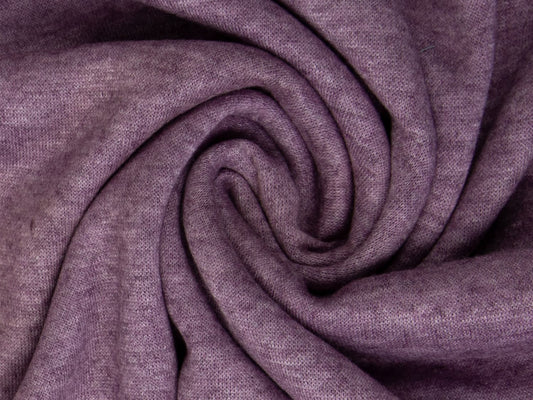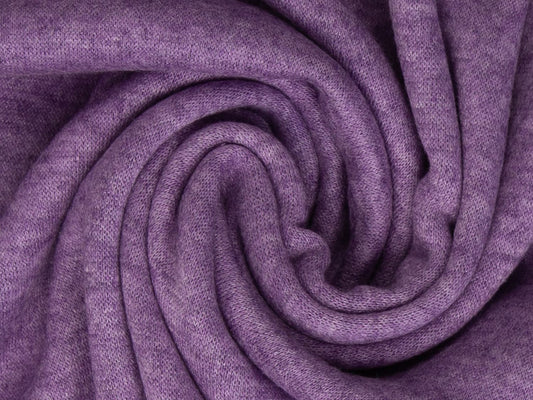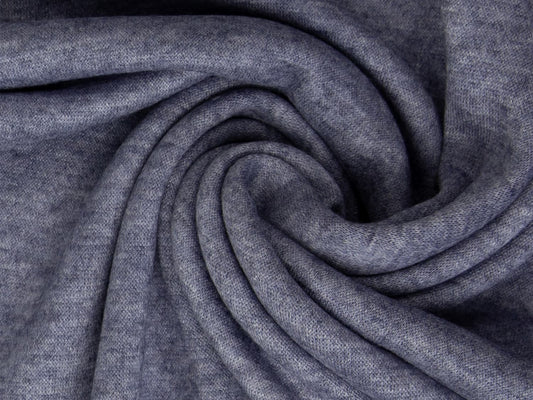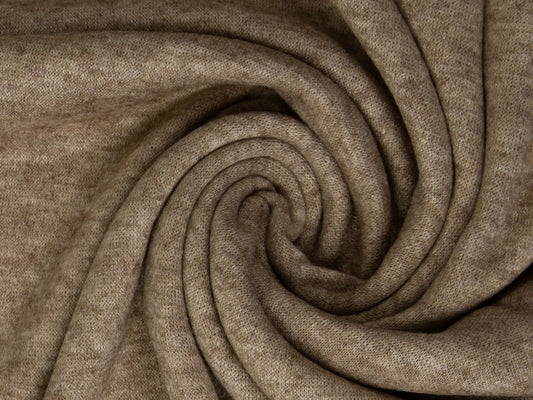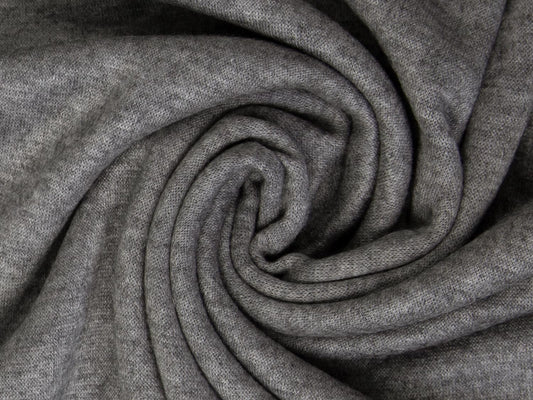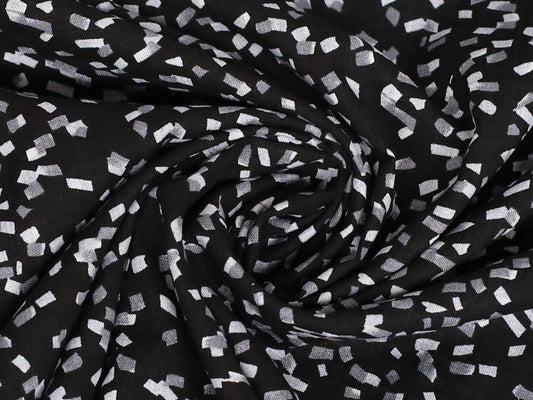-
Knitted fabric viscose - Kai - wool white
Regular price €8,45 EURRegular priceUnit price €16,90/m -
Knitted fabric viscose - Kai - mustard mottled
Regular price €8,45 EURRegular priceUnit price €16,90/m -
Knitted fabric viscose - Kai - mottled old pink
Regular price €8,45 EURRegular priceUnit price €16,90/m -
Knitted fabric viscose - Kai - pink mottled
Regular price €8,45 EURRegular priceUnit price €16,90/m -
Knitted fabric viscose - Kai - berry mottled
Regular price €8,45 EURRegular priceUnit price €16,90/m -
Knitted fabric viscose - Kai - purple mottled
Regular price €8,45 EURRegular priceUnit price €16,90/m -
Knitted fabric viscose - Kai - mottled blue
Regular price €8,45 EURRegular priceUnit price €16,90/m -
Knitted fabric viscose - Kai - dark blue mottled
Regular price €8,45 EURRegular priceUnit price €16,90/m -
Knitted fabric viscose - Kai - mottled brown
Regular price €8,45 EURRegular priceUnit price €16,90/m -
Knitted fabric viscose - Kai - grey mottled
Regular price €8,45 EURRegular priceUnit price €16,90/m -
Knitted fabric viscose - Kai - dark grey mottled
Regular price €8,45 EURRegular priceUnit price €16,90/m -
quilted lining, padded - beige, dark
Regular price €8,45 EURRegular priceUnit price €16,90/m -
Viscose Jersey Fabric - Amsterdam - Palm Leaves
Regular price €5,45 EURRegular priceUnit price €10,90/m -
Viscose Jersey Fabric - Amsterdam - Palm Leaves
Regular price €5,45 EURRegular priceUnit price €10,90/m -
quilted lining, padded - beige, dark
Regular price €6,45 EURRegular priceUnit price €12,90/m -
Viscose Jersey Fabric - Amsterdam - Palm Leaves
Regular price €6,00 EURRegular priceUnit price €12,00/m€8,00 EURSale price €6,00 EURSale
Collection: viscose
Interesting facts about viscose
How is viscose produced and what are the characteristics of viscose fabric?
Viscose fabrics are popular all over the world. This is primarily due to the excellent properties of viscose, which is also known as artificial silk, rayon, or reyon. Viscose fabrics are very versatile and universally applicable, and relatively inexpensive. Viscose is often used together with cotton in so-called blended fabrics.
The basis for viscose is cellulose. This is a natural product that is obtained from various types of wood, such as beech, bamboo, eucalyptus, or spruce.
In the so-called viscose manufacturing process, viscose fibers are produced through the chemical processing of cellulose fibers and the application of high pressure and technical equipment such as special nozzles. These fibers are then knitted into fabrics such as viscose jersey, depending on the desired finish. Due to the natural raw material and the technological process involving chemicals, viscose is considered a semi-synthetic material.
Among the positive qualities of viscose fabric, besides its high adaptability, is its ease of care – viscose is easily washable. It is a very smooth fabric that is therefore less prone to wrinkling, often eliminating the need for ironing. Its low stretch allows the fabric to drape loosely and naturally. When worn, the material feels soft against the skin; it doesn't itch and is very comfortable. This is why it is often compared to silk. Viscose is also a moisture-wicking material, making it well-suited for workwear, leisurewear, and sportswear. Due to its cooling properties, viscose fabric is also a popular choice for summer clothing.
Viscose fabrics are made from the natural fibers of cellulose, which are generally pesticide-free because monocultures do not need to be cultivated specifically for their production. Furthermore, cellulose is a renewable resource. In addition, no petroleum is used in its production, unlike with purely synthetic fabrics such as polyester.
For which DIY sewing projects are viscose fabrics suitable?
Viscose is suitable for many creative DIY projects, such as:
- colorful and simple blouses
- Bridal fashion
- decorative pillow covers
- festive attire
- Pants
- airy light summer dresses
- Skirts
- Jackets
- Table runners and tablecloths
- Tunics
What sewing recommendations are there for viscose fabric and how can it be kept beautiful for a long time?
Instructions for cutting and sewing viscose
Viscose fabric sold by the meter should definitely be pre-washed before processing, as it can shrink after washing, especially if it is a blended fabric with cotton.
The biggest challenge with smooth fabrics like viscose is always the risk of slipping. Several solutions can counteract this problem. Viscose can be pre-treated with spray starch and then ironed, or treated with liquid starch and allowed to dry normally. This increases its resistance, preventing the fabric from slipping during processing.
For better adhesion when cutting, you can lightly dampen the cutting mat with a spray bottle or alternatively use a high-pile carpet. The scissors and/or rotary cutter used should be sharp and free of nicks and sharp edges to ensure the fibers are cut cleanly and easily. When working with such smooth materials, don't skimp on using pins to secure the cutting pattern. Long, thin pins with rounded tips are ideal for this, as they won't damage the fibers.
Viscose is easiest to sew using fusible seam tape. This is ironed onto the edges of the fabric. Facings can be reinforced with fusible interfacing H200. After a short cooling period, you can then start sewing with a sewing or overlock machine.
For viscose fabrics, universal needles in sizes 70 or 80 are suitable; microtex needles are even better. We recommend size 60 for particularly fine fabrics. Microtex needles are especially slim, even at the shank, yet not sharp. Because of these qualities, they penetrate even dense fabrics without damaging their structure. Regarding stitch length, both short and long stitch lengths are possible, depending on your preference. We recommend settings of 2.8 to 3. It is much more important to prepare the seams well with fusible interfacing or seam tape to make sewing easier and achieve excellent results.
How do I care for viscose fabrics so that they stay beautiful for a long time?
Viscose can generally be washed at up to 40°C. To protect its delicate appearance and beautiful sheen, a laundry bag is recommended. Ideally, the washing machine drum should only be filled to one-third capacity. We recommend using liquid detergent and skipping the spin cycle entirely. Viscose garments should ideally be dried flat. Please do not tumble dry viscose. Hand washing is best for ensuring the garment lasts a long time. Never bleach stains; at most, treat them with stain remover. Always test the bleach on an inconspicuous area of the garment first.
Viscose can generally be ironed. Ideally, iron it on the lowest setting (level 1) while damp, similar to silk, or using a damp cloth. In addition to these general recommendations, please also refer to the specific care instructions on the product page for your viscose fabric. Following these instructions should ensure you enjoy your garment for a long time.
We hope you enjoy your project and look forward to your purchase!
Discover our Modal now.

